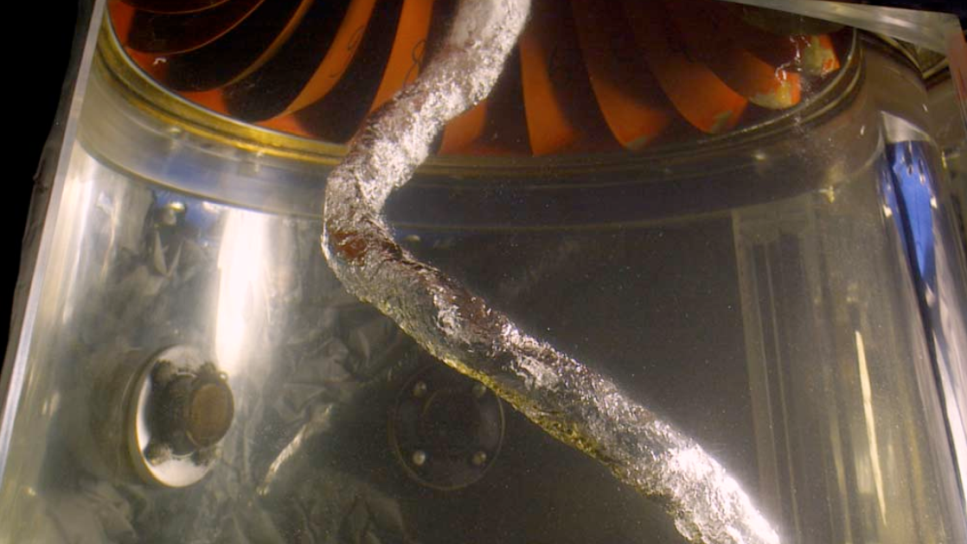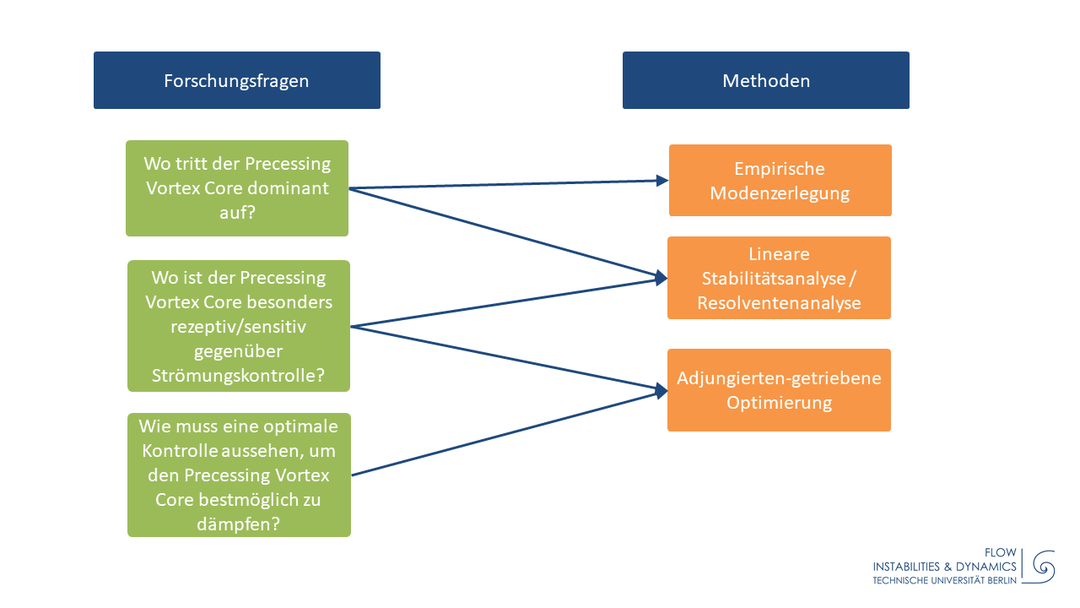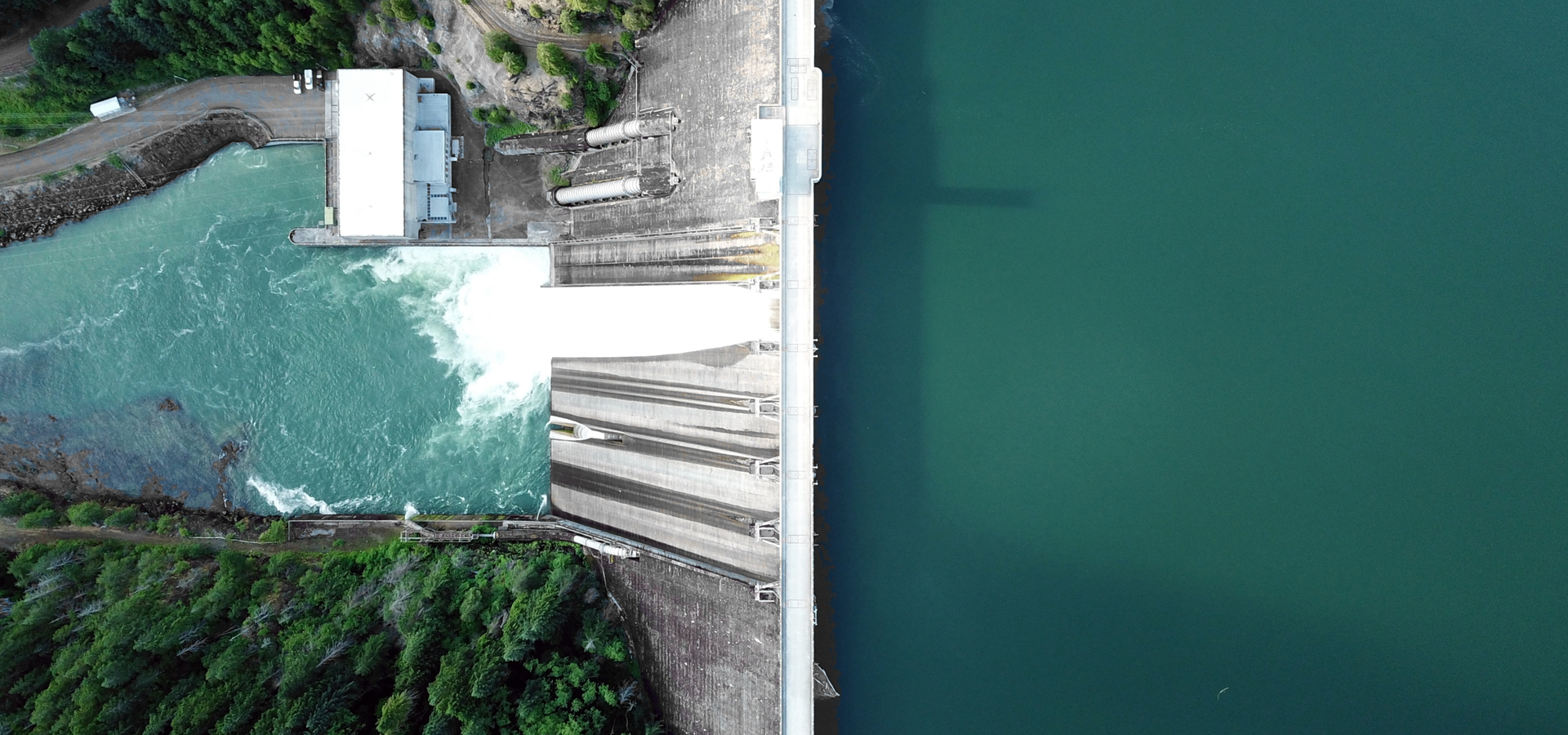Optimal flow control in Francis hydro turbines
Background

In order to ensure a stable power grid in the future, flexible energy sources are required to balance the volatile contribution of weather-dependent renewable energies such as solar or wind power. Hydroelectric power plants are particularly well suited for this purpose due to their flexible operational range. Most hydropower plants are run with Francis turbines, which need to be operated not only at optimum full load but also at part load in order to achieve the energy balance required by the power grid. Under these operating conditions, a high-amplitude flow instability occurs in the draft tube downstream of the turbine, the so-called precessing vortex core (PVC). This instability can adversely resonate with the overall system and thus lead to considerable losses in efficiency or even to complete failure. The goal of this project is, therefore, to facilitate a safer operation of the part load regime by attenuating or suppressing the PVC through flow control. On the right, the helical structure of the PVC in the draft tube of a turbine model is shown as an example. The flow instability is visible here due to the low pressure and the thereby generated cavitation in the vortex core.
Methoden

In this project, we use empirical mode decompositions, global linear stability theory and related adjoint methods to develop flow control solutions. The main goal is to develop a control solution that attenuates or suppresses the PVC with minimal energy input. The main innovation of this approach compared to previous control experiments is that the methodology is based on a rigorous theoretical framework that allows an optimal flow control solution to be derived quantitatively. The developed control methods range from open- and closed loop control to shape optimization. Experimental measurements in air and water as well as numerical simulations in conjunction with novel empirical data reduction strategies are performed to characterize the flow dynamics under natural and controlled conditions.
The project benefits from the strong background of the group at the TU Berlin in linear stability theory and flow control, and from the excellent experimental facilities and experience of the group at the Institute of Thermophysics in Novosibirsk, Russia, in the field of Francis turbine flows.
Resultate

The left plot of the figure below shows the eigenmode of the PVC, which was determined by a linear stability analysis in the draft tube downstream of the turbine. The time-averaged flow is visualized by the streamlines and goes from top to bottom. In the center of the draft tube, strong fluctuations of the horizontal velocity component can be seen, describing the precession of the PVC. On the right plot of the figure, the adjoint mode of the PVC can be seen. It shows the receptivity of the PVC to periodic excitation. Hence, a particularly high receptivity exists directly at the end of the recirculation bubble, which is located in the wake of the turbine.


